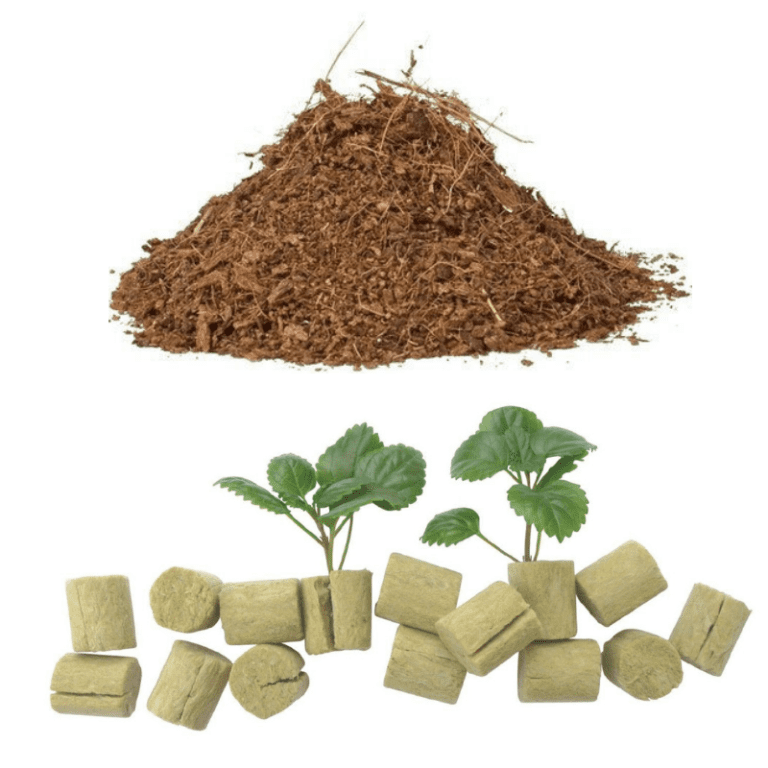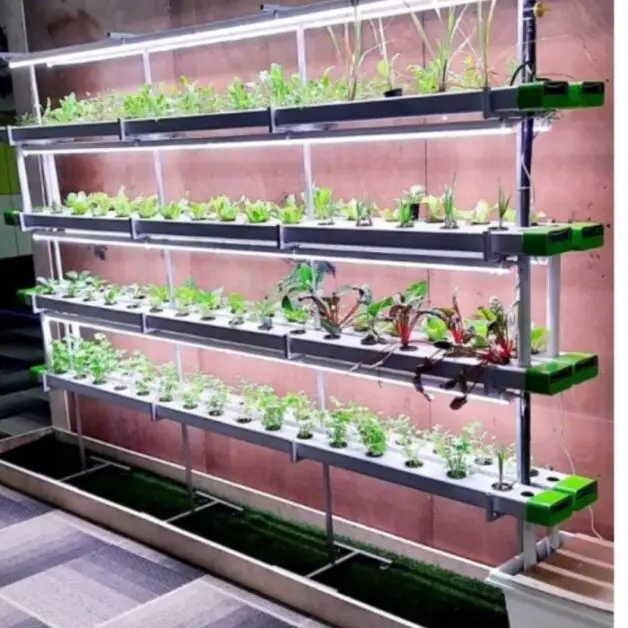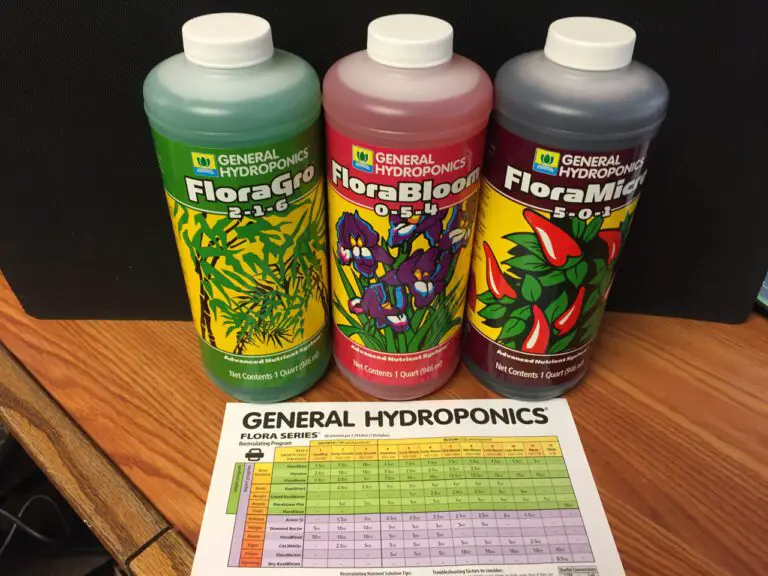Maintaining Optimal pH Levels Across Various Hydroponic Media
Table of Contents
16. Preventing pH Drift in
Maintaining the pH level of your hydroponic system is crucial for the health and productivity of your plants. pH drift, which refers to the gradual change in pH over time, can lead to nutrient imbalances and hinder nutrient absorption by the plants. In order to prevent pH drift and ensure optimal growing conditions, there are several measures you can take.
Firstly, regularly monitor the pH of your hydroponic solution using a reliable pH meter. This will help you catch any fluctuations early on and allow you to take corrective measures promptly. Aim for a pH range between 5.5 and 6.5, as this is the optimal range for most plants to absorb nutrients effectively.
One effective strategy to prevent pH drift is to use a pH stabilizer or buffer solution. These products are designed to maintain a stable pH level by resisting changes caused by factors such as nutrient uptake, evaporation, and bacterial activity. Adding a pH stabilizer to your hydroponic system can help minimize pH drift and provide a stable environment for your plants to thrive.
In addition, it is important to regularly check and adjust the nutrient levels in your hydroponic solution. Imbalances or deficiencies in essential nutrients can contribute to pH drift and affect the overall health of your plants. By ensuring that your nutrient solution is properly balanced and fulfills the specific needs of your plants, you can minimize pH fluctuations and promote optimal growth.

Overall, maintaining a stable pH level in your hydroponic system is crucial for the success of your plants. By monitoring the pH, using pH stabilizers, and ensuring proper nutrient levels, you can prevent pH drift and create an environment that fosters healthy and productive plant growth.
• Regularly monitor the pH of your hydroponic solution using a reliable pH meter.
• Aim for a pH range between 5.5 and 6.5, as this is the optimal range for most plants to absorb nutrients effectively.
• Use a pH stabilizer or buffer solution to maintain a stable pH level in your hydroponic system.
• These products resist changes caused by factors such as nutrient uptake, evaporation, and bacterial activity.
• Adding a pH stabilizer can help minimize pH drift and provide a stable environment for your plants to thrive.
• Regularly check and adjust the nutrient levels in your hydroponic solution to prevent imbalances or deficiencies that contribute to pH drift.
• Ensure that your nutrient solution is properly balanced and fulfills the specific needs of your plants.
• By maintaining proper nutrient levels, you can minimize pH fluctuations and promote optimal growth in your plants.
Sure, here is a table that shows how to prevent pH drift:
| Prevention Method | Description |
|---|---|
| Use a stable temperature | pH readings can drift due to temperature fluctuations. To avoid this, ensure that the temperature of the sample is stable before taking a reading. |
| Clean the electrode regularly | Contaminated sensing glass on the pH electrode can cause erratic readings and drift. Regular cleaning is recommended to prevent this. However, you should never wipe your electrode to remove residue. This can strip the pH sensing glass on the bulb, causing physical damage to glass and erratic readings. Simply rinse the electrode with deionized water, or for a more in-depth cleaning, use an application-specific cleaning solution. |
| Avoid clogged junctions | pH readings can drift even after regular cleaning. To clean a clogged junction, follow the cleaning directions found in our pH Electrode Maintenance Guide. To avoid clogged junctions, rinse your electrode with deionized water between readings, and don’t allow your electrode to sit in your sample for long periods of time. Another way to avoid a clogged junction is to have an application-specific electrode. |
| Calibrate the electrode regularly | pH readings can drift if the electrode is not calibrated regularly. It is recommended to calibrate the electrode before each use. |
| Use fresh buffers | pH readings can drift if the buffer solution is not fresh. It is recommended to use fresh buffer solutions for each calibration. |
Please note that slowly moving pH readings that move between 0.01 and 0.1 pH units over the course of 30-60 seconds is normal. If you are experiencing pH drift outside of this range, it is recommended to follow the steps mentioned in the table above to identify and resolve the issue.
Please do watch video!
What is pH drift and why is it a concern?
pH drift refers to the gradual change in pH levels over time. It is a concern because it can affect the accuracy and reliability of pH measurements, leading to inaccurate results and potential errors in various applications.
What are the common causes of pH drift?
pH drift can be caused by various factors such as temperature variations, electrode aging, contamination, improper calibration, and the presence of certain chemicals or substances that interact with the pH solution.
How can temperature variations contribute to pH drift?
Temperature variations can affect the ionization of the pH solution, leading to changes in its pH value. Higher temperatures generally result in higher pH readings, while lower temperatures can cause lower pH readings. It is essential to consider and compensate for temperature changes when measuring pH.
How does electrode aging contribute to pH drift?
Over time, pH electrodes can deteriorate and become less responsive or accurate. This can lead to drift in pH measurements. Regular electrode maintenance, calibration, and replacing electrodes when needed can help minimize pH drift caused by electrode aging.
Can contamination affect pH drift?
Yes, contamination from substances such as oils, proteins, chemicals, or other foreign particles can interfere with pH measurements and contribute to pH drift. Proper cleaning and maintenance of the pH electrode and sample solution can help prevent contamination-related drift.
Why is proper calibration important in preventing pH drift?
Calibration ensures that the pH meter is accurately measuring pH values. If the pH meter is not properly calibrated, it can lead to drift in pH readings. Regular calibration using appropriate buffer solutions is crucial for maintaining accurate and reliable pH measurements.
Are there any specific chemicals or substances that can cause pH drift?
Yes, certain chemicals or substances in the sample solution can interact with the pH solution and alter its pH value over time. It is essential to be aware of the composition of the sample and its potential effects on pH measurements to prevent drift.
How can pH drift be prevented or minimized?
pH drift can be prevented or minimized by implementing several measures such as regular calibration, proper electrode maintenance, temperature compensation, avoiding contamination, using fresh buffer solutions, and monitoring the sample solution for any potential interfering substances.
What are the consequences of pH drift in various applications?
pH drift can have significant consequences in various applications such as scientific research, industrial processes, environmental monitoring, and medical diagnostics. Inaccurate pH measurements can lead to incorrect conclusions, compromised quality control, and potential risks to health and safety.
Is pH drift a common issue in pH measurements?
pH drift is a common issue in pH measurements, especially over extended periods of time or in environments where external factors can influence pH values. Regular monitoring and proactive measures can help mitigate the effects of pH drift and maintain accurate pH measurements.

Nicole Burke is a dynamic writer at SouthElMonteHydroponics, fueled by her passion for horticulture and environmental sustainability. Armed with a degree in Environmental Science from a renowned institution, Nicole’s expertise lies in hydroponic gardening, organic farming, and biodiversity conservation. Her insatiable curiosity and love for nature drive her to explore innovative techniques in hydroponics, seeking to revolutionize the way we grow crops in urban environments. Nicole’s writing reflects her deep commitment to promoting eco-conscious practices and fostering a deeper connection between humans and the natural world. Through her engaging storytelling, she inspires others to embrace sustainable living and harness the power of hydroponics for a greener future.






